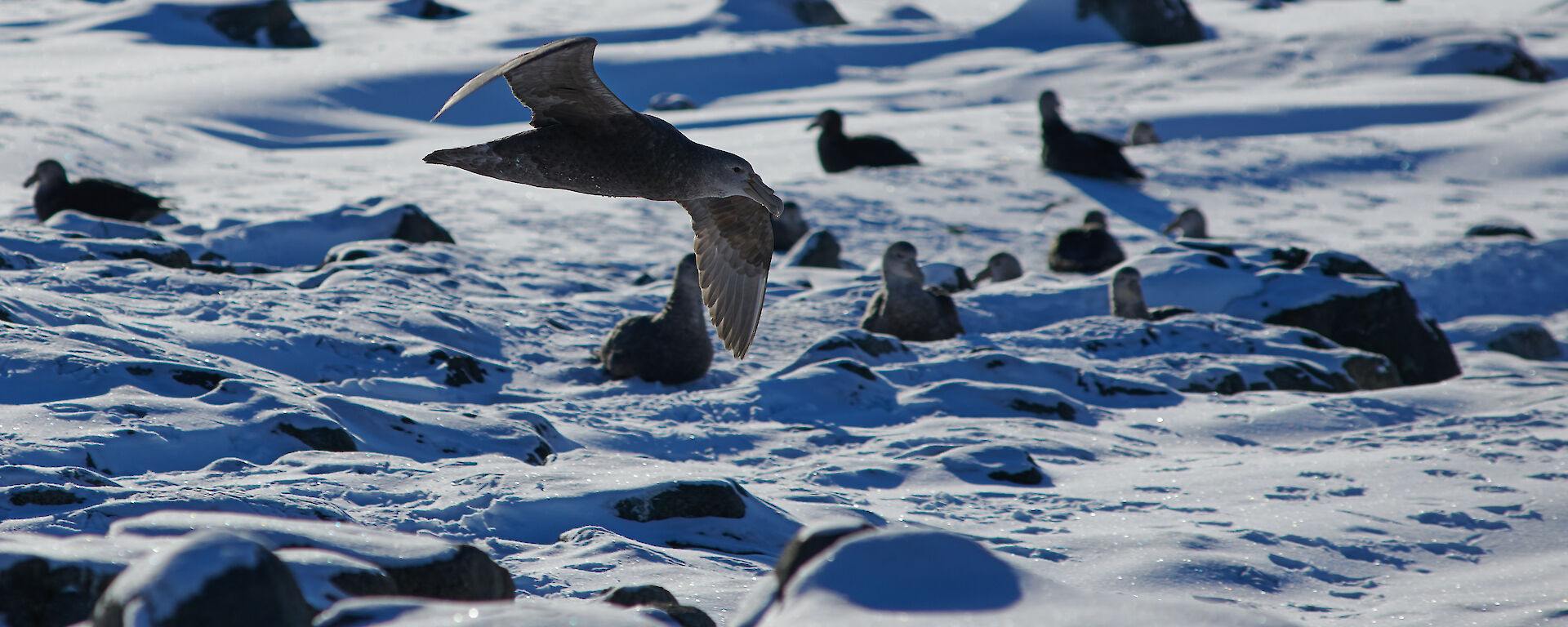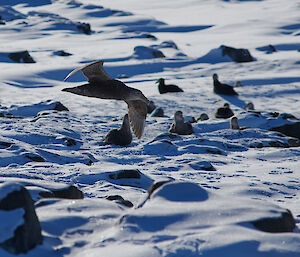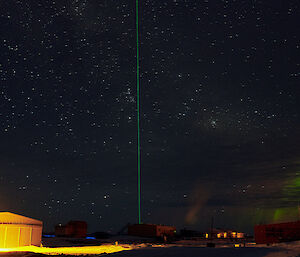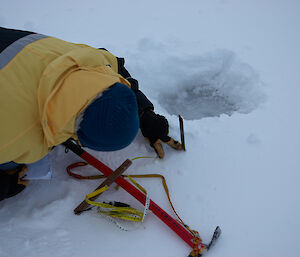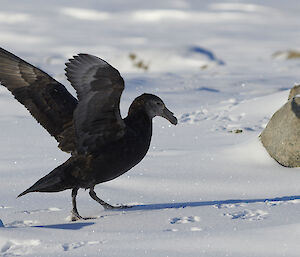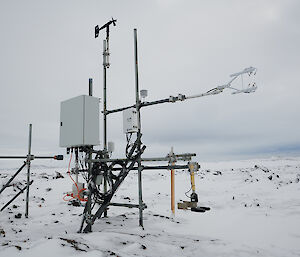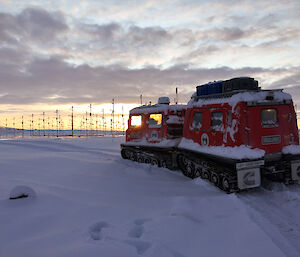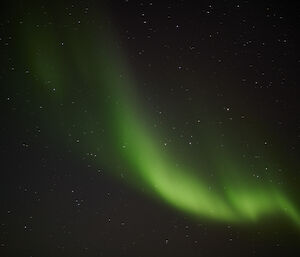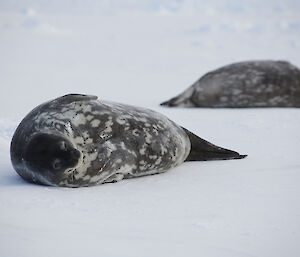Most of the science at Davis takes place during the short, busy, summer season. The 24-hour sunlight provides maximum opportunity to take advantage of periods of good weather, and the presence of helicopters allows for ferrying scientists to and from distant or hard-to-reach places.
The winter season is associated with a reduction in many things: hours of daylight, temperature, wildlife, station population, unsalted cashew nuts, tolerance for people who slam doors, and naturally also science activities – but not a complete halt.
Davis is host to a suite of atmospheric physics instruments, including several wind profiling atmospheric radars which operate year round, and a number of very sensitive optical experiments which largely don’t operate over the summer season due to the blinding presence of the sun. These instruments provide insight into the unique atmospheric processes which go on at the poles, and collect data to be used to develop improvements to numerical climate models.
My main job on station is to look after these instruments – making sure they’re continually collecting data, and repairing them when they’re not. They occasionally have their moments, but for the most part are pretty well behaved. When everything is going well, there are plenty of other science tasks that provide a chance to get off station for a few hours:
- Regular visits to three sites on the sea ice where we’ve installed instruments to measure heat flux from the ocean through to the ice surface, and stresses in the ice.
- Measuring depth, temperature, density, uniformity and other characteristics of the snow cover on the sea ice. This year has been a big snow year, so this has meant lots of digging!
- Over the last few weeks, we’ve been visiting seabird nesting sites on the nearby islands to service automated nest cameras in preparation for the breeding season. While we’re all looking forward to the return of the penguins, the winter months aren’t completely devoid of wildlife – quite a few southern giant petrels have already returned to their nesting grounds at Hawker Island.
- While the Antarctic Division's research interests at the moment are mainly focussed lower down in the atmosphere, some of us at Davis have been conducting our own “research” into space weather: mostly sitting outside and staring at the sky on clear nights, hoping to catch a good aurora.
Dan Dyer
Engineer and all round scientist

